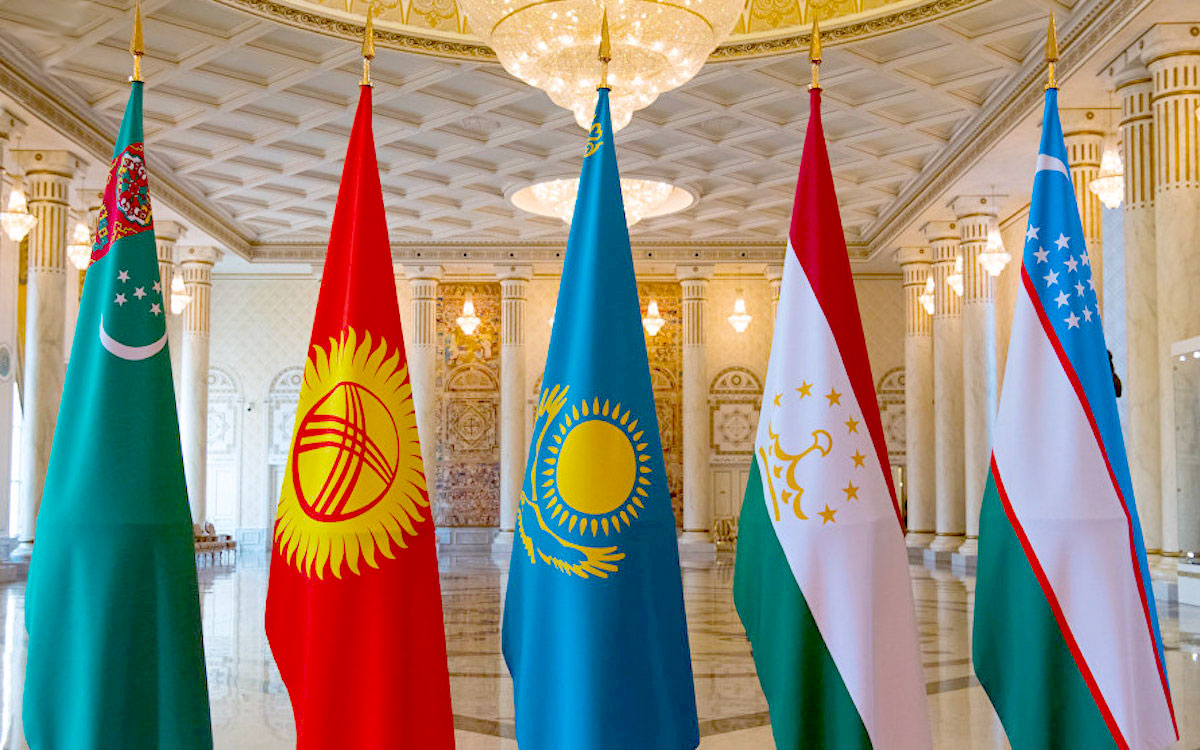ASTANA – Central Asian countries demonstrate economic growth despite ongoing global geopolitical turbulence, increasing the attention to the region and enhancing partnerships with other countries. This development is expected to bring significant benefits to the Central Asian countries as a whole, particularly Kazakhstan, reported Kazinform news agency.

Photo credit: tdh.gov.tm.
For Central Asia, 2022 was packed with high-level summits, including with China, India, Russia and the European Union.
In 2023, heads of Central Asian states participated in a summit in China in May, outlined priorities for partnership with the EU in June, and forged cooperation with the Gulf countries in July. Kazakhstan has played a leading role in fostering these developments.
With trade and logistics flows shifting, many countries have turned their focus to the region, primarily due to its advantageous geographical location, acting as a strategic transportation hub between Russia and China.
Key routes, including the Trans-Caspian and North-South corridors, offer significant time and cost advantages. Central Asia, strategically located between Europe and Asia, holds immense trade and economic development potential.
A study funded by the European Commission and conducted by the European Bank for Reconstruction and Development (EBRD) reveals the Central Trans-Caspian Network (CTCN) as essential for unlocking Central Asia’s transport potential and enhancing regional connectivity.
The EU plays a crucial role in shaping the region’s transport future, offering technical assistance, capacity building, and funding opportunities to revamp infrastructure and foster sustainable transport solutions, promoting economic progress and regional cooperation.
Experts attribute the heightened attention to Central Asia to its stable economic growth amid existing geopolitical turbulence.
Central Asian countries show strong intra-regional trade growth with a significant leap forward over the last two decades, reaching an average annual GDP growth of 6.2% in real terms.
Kazakhstan leads the region’s mutual trade with 80 percent of the total volume, while its trade with Uzbekistan reached approximately $5 billion in 2022, with plans to grow it to $10 billion in the medium term, and with the Kyrgyz Republic to up to $2 billion.
The region’s substantial market potential plays a crucial role. Over the past two decades, the population of Central Asia has grown by 40% to reach 80 million people.
Improved macroeconomic indicators have accompanied this growth. According to the latest EBRD forecast, Central Asia is projected to be the fastest-growing region in 2023, with an expected GDP growth rate of 5.2%, followed by a 5.4% growth in 2024.
According to Lydia Parkhomchik, an expert from the Institute of World Economy and Politics (IMEP), the groundwork for constructive dialogue platforms involving all Central Asian countries and other states was laid in the early 2000s. These years have witnessed the first meetings in a C5+1 format, including with Japan and Korea.
The format has been expanded to include negotiations with the United States in 2015, Russia in 2019 and China in 2020.
The geographical expansion of cooperation opens up new economic opportunities for the region, particularly with the Gulf countries. Enhanced interregional cooperation can boost economic activity, attract investments and foster growth. The diversification of economic ties will positively impact each Central Asian country, necessitating increased intra-regional cooperation in trade and connectivity.
Kazakhstan has been actively supporting and initiating interregional interactions since 2000 as a leading player in this process. The region’s positive economic growth and diversified economic ties have made it more stable and attractive for business and investments.
The article was originally published in Kazinform.

